 Backend Development
Backend Development PHP Tutorial
PHP Tutorial Summary of apache+php+mysql installation and configuration methods_PHP tutorial
Summary of apache+php+mysql installation and configuration methods_PHP tutorial
The entire installation process is as follows:
1. First install apache: the version I installed is: httpd-2.2.16-win32-x86-openssl-0.9.8o.msi
Website: http://www .apache.org/dist/httpd/binaries/win32/
The installation and configuration of apache was relatively smooth, there is nothing much to say.
How to change the file path:
In the installation directory of the file, mine is: D:Program FilesApache Software FoundationApache2.2conf, open httpd.conf and search: DocumentRoot "C:/web/apache/htdocs" will Change the value to the publishing path you want, for example:
DocumentRoot “D:/WWW”
Then there is another place that needs to be modified
Search: Directory “C:/web/apache/htdocs”
Modify to: Directory “D:/WWW”
This changes the publishing path of the file to d:www.
2. Install PHP: Version: php-5.3.3-Win32-VC6-x86
Website: http://windows.php.net/download/
Will be downloaded Unzip the compressed package to D:php, and rename php.ini-development in this directory to php.ini
Open php.ini and modify it as follows:
Search: error_reporting = E_ALL
Modify: error_reporting =E_ALL & ~E_NOTICE
Here is to modify the error reporting level, E_ALL is to report all errors, and E_NOTICE is to report messages that should be paid attention to during runtime, such as initialized variables.
Search for: extension_dir = "./"
Modify: extension_dir = "D:php5ext", configure the path of the extension library
Search for: ;extension=PHP_MySQL.dll, remove the preceding semicolon: extension=PHP_MySQL .dll
Search: ;extension=PHP_mysqli.dll Remove the preceding semicolon: extension=PHP_mysqli.dll
Search;session.save_path = "/tmp", change it to an existing path, session.save_path = "D:/mysql/session", or create a tmp folder in the release directory.
The basic settings of PHP are completed
3. Configure apache to load PHP
Open the installation directory of apachede, mine is: D:Program FilesApache Software FoundationApache2.2confextra, create a new one named: httpd -The text file of php5.conf, open and add the following content
view sourceprint?LoadModule php5_module "C:webphpphp5apache2_2.dll"
AddType application/x-httpd-php .php
AddType application/x-httpd- php-source .phps
DirectoryIndex index.php
PHPIniDir "C:webphp"
Then open: C:webapacheconfhttpd.conf, add a line at the end of the file:
Include conf/extra/httpd-php5 .conf
Restart Apache, open the directory: D:WWW, create a new file: index.php, enter the content:
phpinfo();
?>
Use Open http://localhost in the browser and test whether the installation is successful
Step 4: Install mysql: version mysql-5.1.49-win32
Website: http://dev.mysql.com/downloads/mysql/ #downloads
There is a configuration wizard after installation. There is no strict set of options. You can just set it according to your own needs. It will have little impact.
Combined with Apache and php, as mentioned before, let me say it again, find php.ini in the php installation directory, remove the ";" before ";extension=php_mysql.dll", and load the mysql module. Save, close, and restart apache.
Step 5: Install phpMyAdmin
I downloaded it from Huajun Software: http://www.onlinedown.net/soft/2616.htm
Unzip it and put it in the release directory, which is the D previously set :WWW;Change config.default.php in the libraries folder
Make the following modifications:
1 Find the following two lines for password
$cfg['Servers'][$i]['user'] = 'root';
$cfg['Servers'][$i]['password'] = '';
Fill your mysql password into $cfg['Servers'][$i][ 'password'] = ''; inside single quotes
2 Search $cfg['PmaAbsoluteUri'] and set it to the phpMyAdmin directory path, such as: http://localhost/phpMyAdmin/
I don’t know how to do the above Is it necessary because I later changed it back and it still works.
Summary of problems encountered during the configuration process:
1. The installation of mysql failed.
The general situation is that the previous Mysql uninstallation was incomplete. How can I cleanly uninstall mysql? In DOS environment
1, first stop the mysql service: Stop Mysql: net stop mysql, you can also right-click "My Computer" - Management - Services - Find the mysql service, and then stop it .
2. Uninstall under DOS c:mysqlbinmysqld-nt --remove
//c:mysqlbin is the specific path. If you want to completely delete mysql, first end the mysql process and then uninstall mysql.
The two additional DOS instructions are:
Start Mysql: net start mysql
Installation: c:mysqlbinmysqld --install //Pay attention to modify the specific path
3, and delete the remaining mysql files directly .
If you accidentally deleted all mysql files and did not perform the above uninstall function before, you can use the following method:
1. Stop the mysql service, the same as above 1.
2. Manually delete the registration Table information:
Clear your MYSQL service in the registry (regedit). There are several places: HKEY_LOCAL_MACHINESYSTEMControlSet001ServicesEventlogApplicationMySQL directory deletion; HKEY_LOCAL_MACHINESYSTEMControlSet002ServicesEventlogApplicationMySQL directory deletion; HKEY_LOCAL_MACHINESYSTEMControlSetServicesEventlogApplicationMySQL directory deletion;
As shown in the figure: 
Just restart.
Second, there was a problem when connecting to the database:
"Because the connecting party did not reply correctly after a period of time or the connected host did not respond", I was testing mysql
[Ctrl+A Select all Note: If you need to introduce external Js, you need to refresh it before executing]
The reason is that the mysql parsing error is caused by the hosts file There is no definition. Change localhost to 127.0.0.1 and the display will be normal. Or modify the hosts file under C:WindowsSystem32driversetc and add 127.0.0.1 localhost.
PHP configuration environment (standard configuration) word version
 win11安装语言包错误0x800f0950什么原因Jul 01, 2023 pm 11:29 PM
win11安装语言包错误0x800f0950什么原因Jul 01, 2023 pm 11:29 PMwin11安装语言包错误0x800f0950什么原因?当我们在给windows11系统安装新语言包时,有时会遇到系统提示错误代码:0x800f0950,导致语言包安装流程无法继续进行下去。导致这个错误代码一般是什么原因,又要怎么解决呢?今天小编就来给大家说明一下win11安装语言包错误0x800f0950的具体解决步骤,有需要的用户们赶紧来看一下吧。win11电脑错误代码0x800f0950解决技巧1、首先按下快捷键“Win+R”打开运行,然后输入:Regedit打开注册表。2、在搜索框中输入“
 如何在 Google Docs 中安装自定义字体Apr 26, 2023 pm 01:40 PM
如何在 Google Docs 中安装自定义字体Apr 26, 2023 pm 01:40 PMGoogleDocs在学校和工作环境中变得很流行,因为它提供了文字处理器所期望的所有功能。使用Google文档,您可以创建文档、简历和项目提案,还可以与世界各地的其他用户同时工作。您可能会注意到GoogleDocs不包括MicrosoftWord附带的所有功能,但它提供了自定义文档的能力。使用正确的字体可以改变文档的外观并使其具有吸引力。GoogleDocs提供了大量字体,您可以根据自己的喜好从中选择任何人。如果您希望将自定义字体添加到Google文档,请继续阅读本文。在本文中
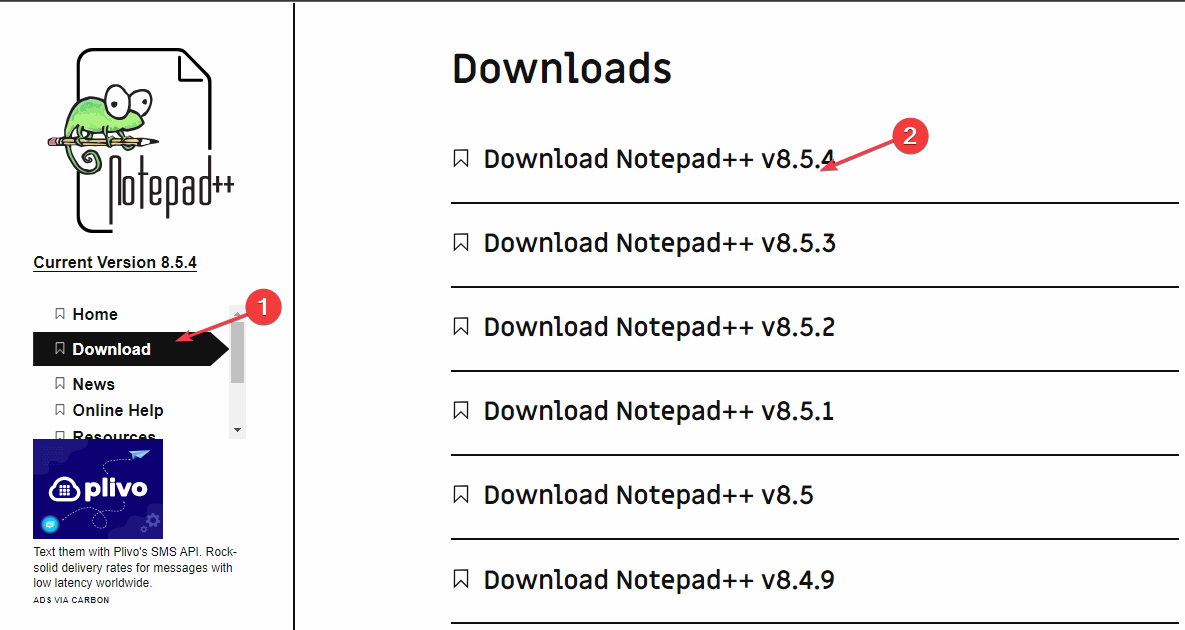 适用于 Windows 11 的记事本++:如何下载和安装它Jul 06, 2023 pm 10:41 PM
适用于 Windows 11 的记事本++:如何下载和安装它Jul 06, 2023 pm 10:41 PMNotepad++主要由开发人员用于编辑源代码,由临时用户用于编辑文本。但是,如果您刚刚升级到Windows11,则在您的系统上下载和安装该应用程序可能具有挑战性。因此,我们将讨论在Windows11上下载和安装记事本++。此外,您可以轻松阅读我们关于修复Notepad++在Windows上没有响应的详细指南。记事本++可以在Windows11上运行吗?是的,记事本++可以在Windows11上有效工作,而不会出现兼容性问题。更具体地说,没有臃肿的选项或错误,只需在一个非常小的编辑器中即可。此外
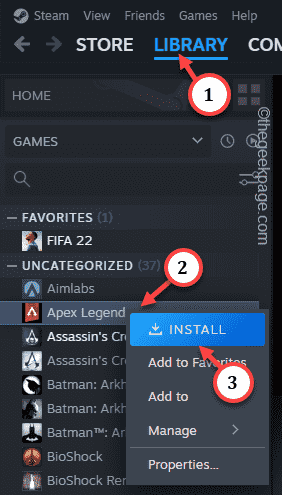 Steam 未检测到 Windows 11/10 中已安装的游戏,如何修复Jun 27, 2023 pm 11:47 PM
Steam 未检测到 Windows 11/10 中已安装的游戏,如何修复Jun 27, 2023 pm 11:47 PMSteam客户端无法识别您计算机上的任何游戏吗?当您从计算机上卸载Steam客户端时,会发生这种情况。但是,当您重新安装Steam应用程序时,它会自动识别已安装文件夹中的游戏。但是,别担心。不,您不必重新下载计算机上的所有游戏。有一些基本和一些高级解决方案可用。修复1–尝试在同一位置安装游戏这是解决这个问题的最简单方法。只需打开Steam应用程序并尝试在同一位置安装游戏即可。步骤1–在您的系统上打开Steam客户端。步骤2–直接进入“库”以查找您拥有的所有游戏。第3步–选择游戏。它将列在“未分类
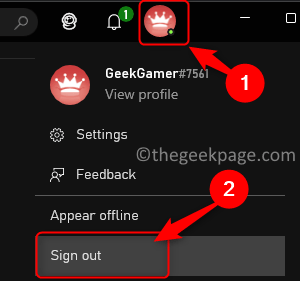 修复:在 Xbox 应用上的 Halo Infinite(Campaign)安装错误代码 0X80070032、0X80070424 或 0X80070005May 21, 2023 am 11:41 AM
修复:在 Xbox 应用上的 Halo Infinite(Campaign)安装错误代码 0X80070032、0X80070424 或 0X80070005May 21, 2023 am 11:41 AM<p><strong>HaloInfinite(Campaign)</strong>是一款第一人称射击视频游戏,于2021年11月推出,可供单人和多用户使用。该游戏是Halo系列的延续,适用于Windows、XboxOne和Xbox系列的用户X|S。最近,它还在PC版XboxGamePass上发布,以提高其可访问性。大量玩家报告在尝试使用WindowsPC上的<strong>Xbox应
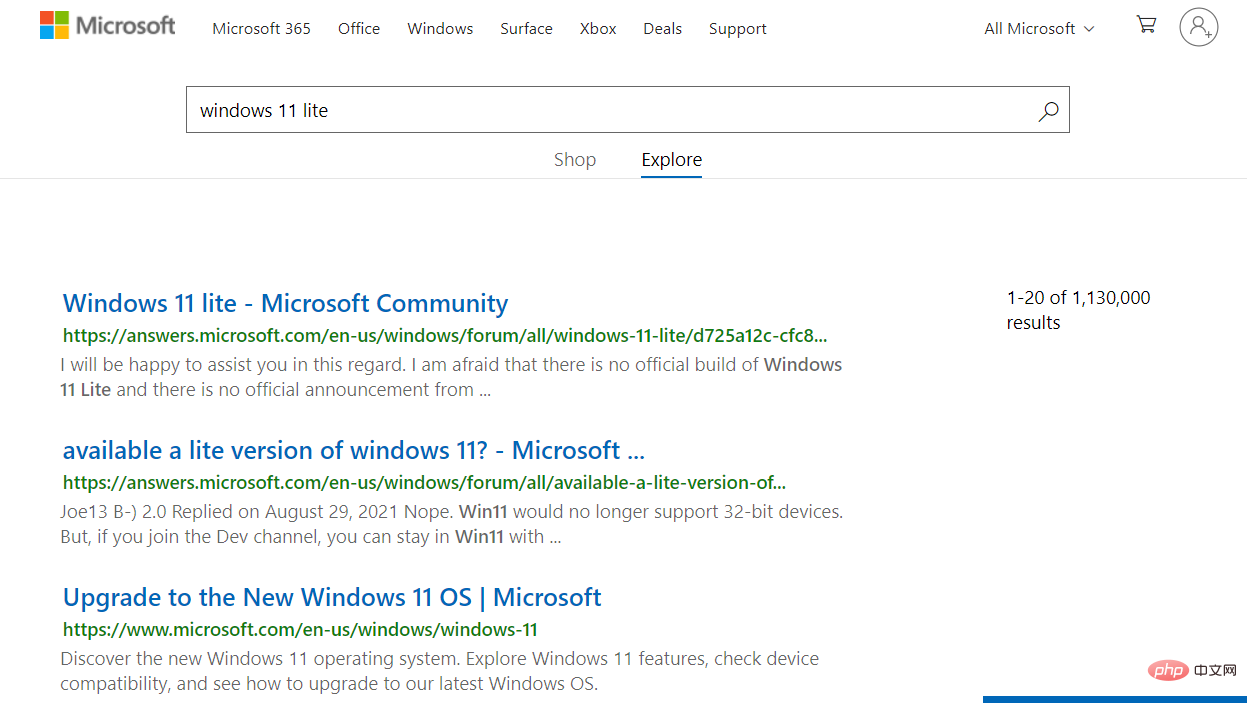 Windows 11 Lite:它是什么以及如何在您的 PC 上安装它Apr 14, 2023 pm 11:19 PM
Windows 11 Lite:它是什么以及如何在您的 PC 上安装它Apr 14, 2023 pm 11:19 PM我们深知MicrosoftWindows11是一个功能齐全且设计吸引人的操作系统。但是,用户一直要求Windows11Lite版本。尽管它提供了重大改进,但Windows11是一个资源匮乏的操作系统,它可能很快就会使旧机器混乱到无法顺利运行的地步。本文将解决您最常问的关于是否有Windows11Lite版本以及是否可以安全下载的问题。跟着!有Windows11Lite版本吗?我们正在谈论的Windows11Lite21H2版本是由Neelkalpa的T
 虚拟机如何安装Win11Jul 03, 2023 pm 12:17 PM
虚拟机如何安装Win11Jul 03, 2023 pm 12:17 PM虚拟机怎么安装Win11?近期有用户想要尝试使用VirtualBox虚拟机安装Win11,但是不太清楚具体的操作方法,针对这一情况,小编将为大家演示使用VirtualBox安装Win11的方法,很多小伙伴不知道怎么详细操作,小编下面整理了使用VirtualBox安装Win11的步骤,如果你感兴趣的话,跟着小编一起往下看看吧! 使用VirtualBox安装Win11的步骤 1、要下载VirtualBox,请前往VirtualBox官方下载页面,下载适用于Windows的.exe文件。如果你
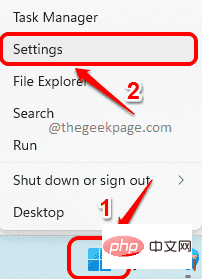 如何在 Windows 11 中重新安装邮件应用程序Apr 14, 2023 pm 03:19 PM
如何在 Windows 11 中重新安装邮件应用程序Apr 14, 2023 pm 03:19 PM<p><strong>邮件应用程序</strong>是Windows11内置的一个非常有用的电子邮件客户端。它允许您从一个位置管理所有邮件帐户。虽然Mail应用程序非常有用,但有时可能需要重置,有时也需要重新安装,原因有多种。在本文中,我们将通过一些简单的步骤说明如何从Windows11轻松卸载Mail应用程序,以及如何轻松地从MicrosoftStore将其取回。</p>&l


Hot AI Tools

Undresser.AI Undress
AI-powered app for creating realistic nude photos

AI Clothes Remover
Online AI tool for removing clothes from photos.

Undress AI Tool
Undress images for free

Clothoff.io
AI clothes remover

AI Hentai Generator
Generate AI Hentai for free.

Hot Article

Hot Tools

SublimeText3 Chinese version
Chinese version, very easy to use

mPDF
mPDF is a PHP library that can generate PDF files from UTF-8 encoded HTML. The original author, Ian Back, wrote mPDF to output PDF files "on the fly" from his website and handle different languages. It is slower than original scripts like HTML2FPDF and produces larger files when using Unicode fonts, but supports CSS styles etc. and has a lot of enhancements. Supports almost all languages, including RTL (Arabic and Hebrew) and CJK (Chinese, Japanese and Korean). Supports nested block-level elements (such as P, DIV),

SublimeText3 Linux new version
SublimeText3 Linux latest version

MantisBT
Mantis is an easy-to-deploy web-based defect tracking tool designed to aid in product defect tracking. It requires PHP, MySQL and a web server. Check out our demo and hosting services.

SAP NetWeaver Server Adapter for Eclipse
Integrate Eclipse with SAP NetWeaver application server.





